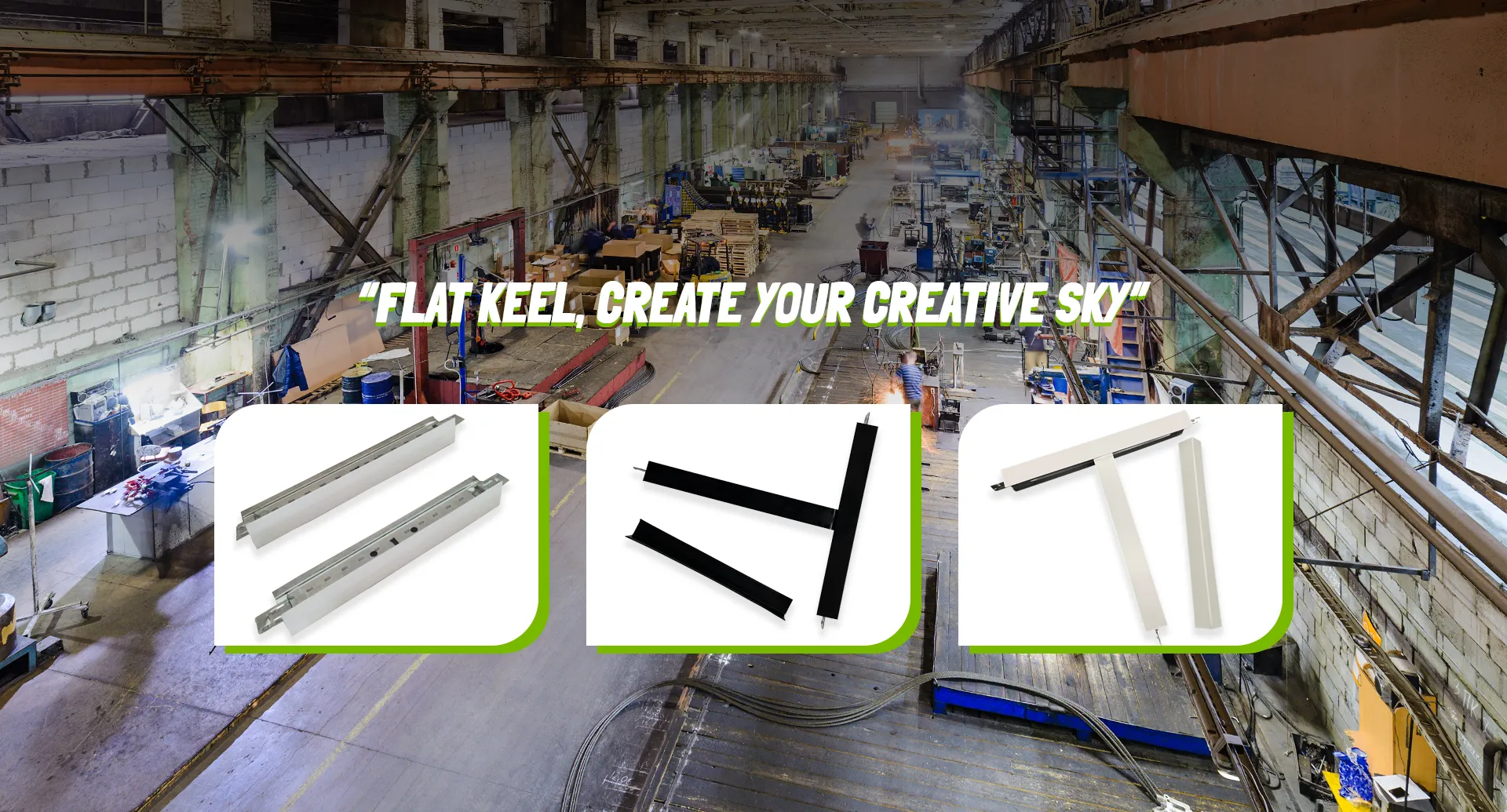Nov . 24, 2024 12:31 Back to list
mineral fibre board ceiling vs gypsum board
Mineral Fibre Board Ceiling vs. Gypsum Board An In-Depth Comparison
When it comes to the choice of materials for ceiling installation, two popular options are mineral fibre board and gypsum board. Both materials have distinct qualities and advantages, making them suitable for different applications. Understanding the differences between these two types of ceiling boards can help you make an informed decision for your building project.
Composition and Characteristics
Mineral fibre board, commonly known as acoustic ceiling tiles, is manufactured using a combination of natural and synthetic fibers, minerals, and binders. This composition gives it excellent sound absorption properties, making it ideal for spaces where noise reduction is a priority, such as offices, schools, and hospitals. The surface of mineral fibre boards can be textured or smooth, allowing for a wide range of aesthetic choices.
Gypsum board, often referred to as drywall or plasterboard, is made primarily from gypsum (calcium sulfate dihydrate) sandwiched between two layers of heavy paper. This construction makes gypsum board a fire-resistant material, and it is typically used in residential and commercial buildings as wall and ceiling coverings. Its smooth surface allows for easy painting and finishing, providing a sleek appearance.
Installation Process
The installation processes for both materials vary slightly. Mineral fibre boards are usually installed in a suspended ceiling grid system. This method allows for easy access to plumbing, electrical wiring, and HVAC systems above the ceiling, which is a significant advantage in commercial settings. The tiles are lightweight and can be easily replaced when necessary.
On the other hand, gypsum boards are typically attached directly to framed supports with screws or nails. This process requires a bit more labor and skill, particularly when it comes to finishing the joints between boards. Proper taping, mudding, and sanding are essential to achieve a seamless appearance, which can add to the overall project time.
mineral fibre board ceiling vs gypsum board

Acoustic Performance
One of the primary reasons for selecting a mineral fibre board ceiling is its superior acoustic performance. These tiles excel at absorbing sound, therefore reducing noise levels in large spaces. This makes them extremely popular in environments where comfort and concentration are essential.
Gypsum board does offer some acoustic benefits but does not compare to mineral fibre boards. While it can help with soundproofing to some degree, it is not as effective in sound absorption. For this reason, in areas with high acoustic demands, mineral fibre ceilings are generally preferred.
Cost Considerations
When comparing costs, mineral fibre boards can often be more expensive per square foot than gypsum boards. However, the overall expense will depend on installation labor, design preferences, and long-term performance needs. Gypsum board may have a lower initial cost, but when considering maintenance, durability, and sound absorption, mineral fibre boards might provide better overall value for certain applications.
Conclusion
Choosing between mineral fibre board ceilings and gypsum board requires careful consideration of the specific needs of the space in question. If sound reduction and aesthetics are top priorities, mineral fibre boards might be the better option. Conversely, if you are looking for a cost-effective solution that offers fire resistance and ease of finishing, gypsum board is a reliable choice. Ultimately, both materials have their unique strengths, and the best choice will depend on the particular requirements of your building project.
-
Quality Ceiling Trap Doors & Access Panels | Easy & Secure AccessNewsAug.30,2025
-
Durable Ceiling T Grid Systems | Easy InstallationNewsAug.29,2025
-
PVC Gypsum Ceiling: Durable, Laminated Tiles for Modern SpacesNewsAug.28,2025
-
Pvc Gypsum Ceiling Is DurableNewsAug.21,2025
-
Mineral Fiber Board Is DurableNewsAug.21,2025
-
Ceiling Tile Clip Reusable DesignNewsAug.21,2025







